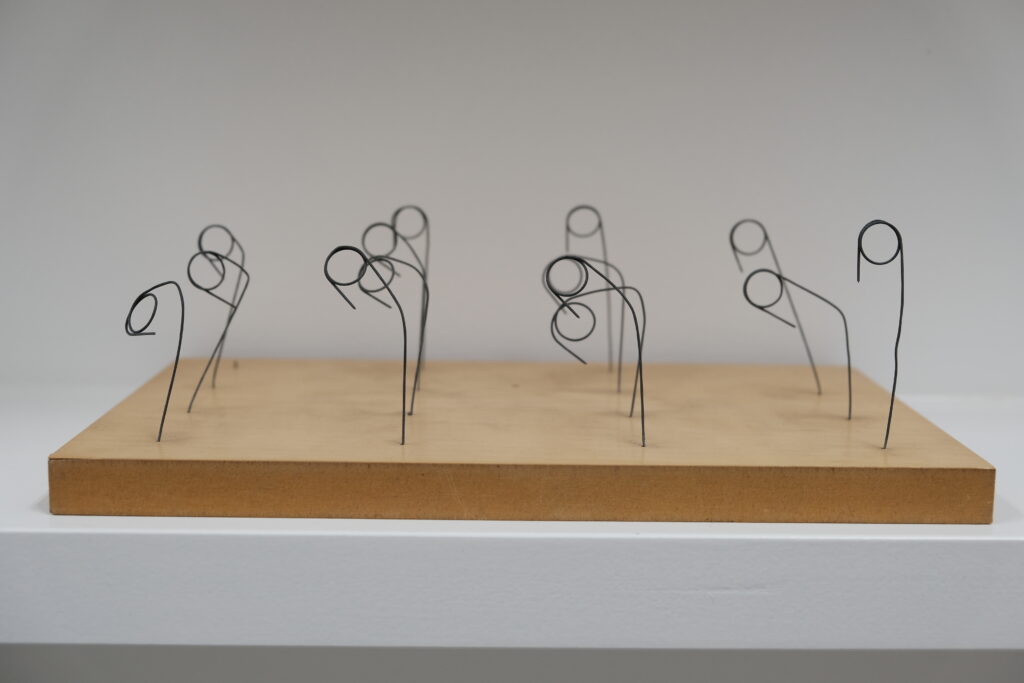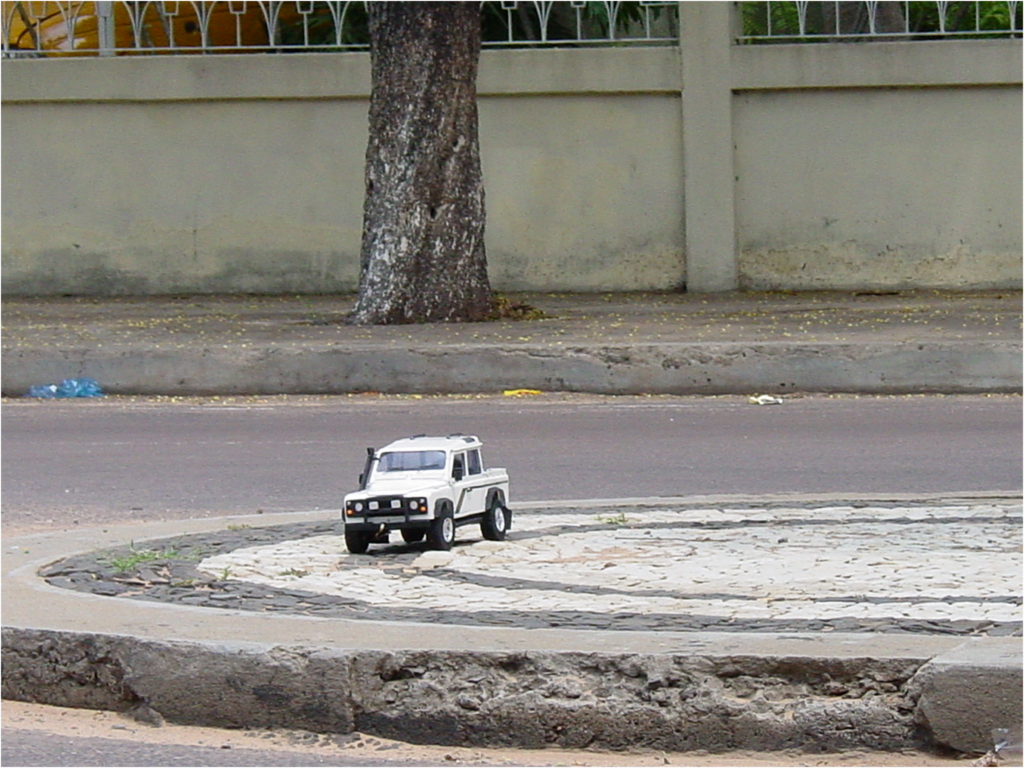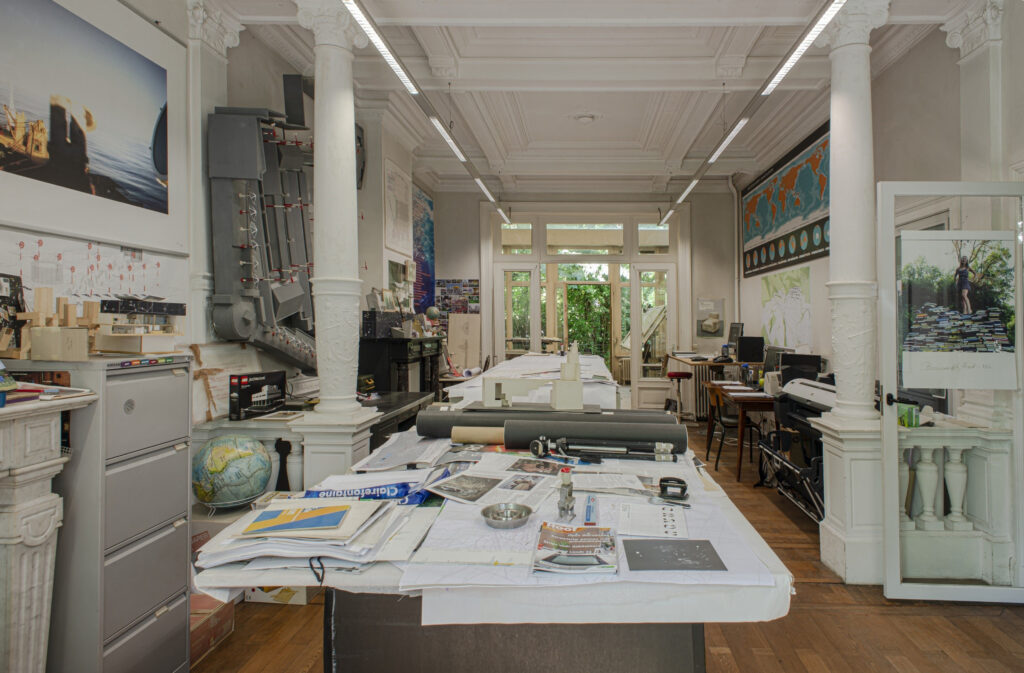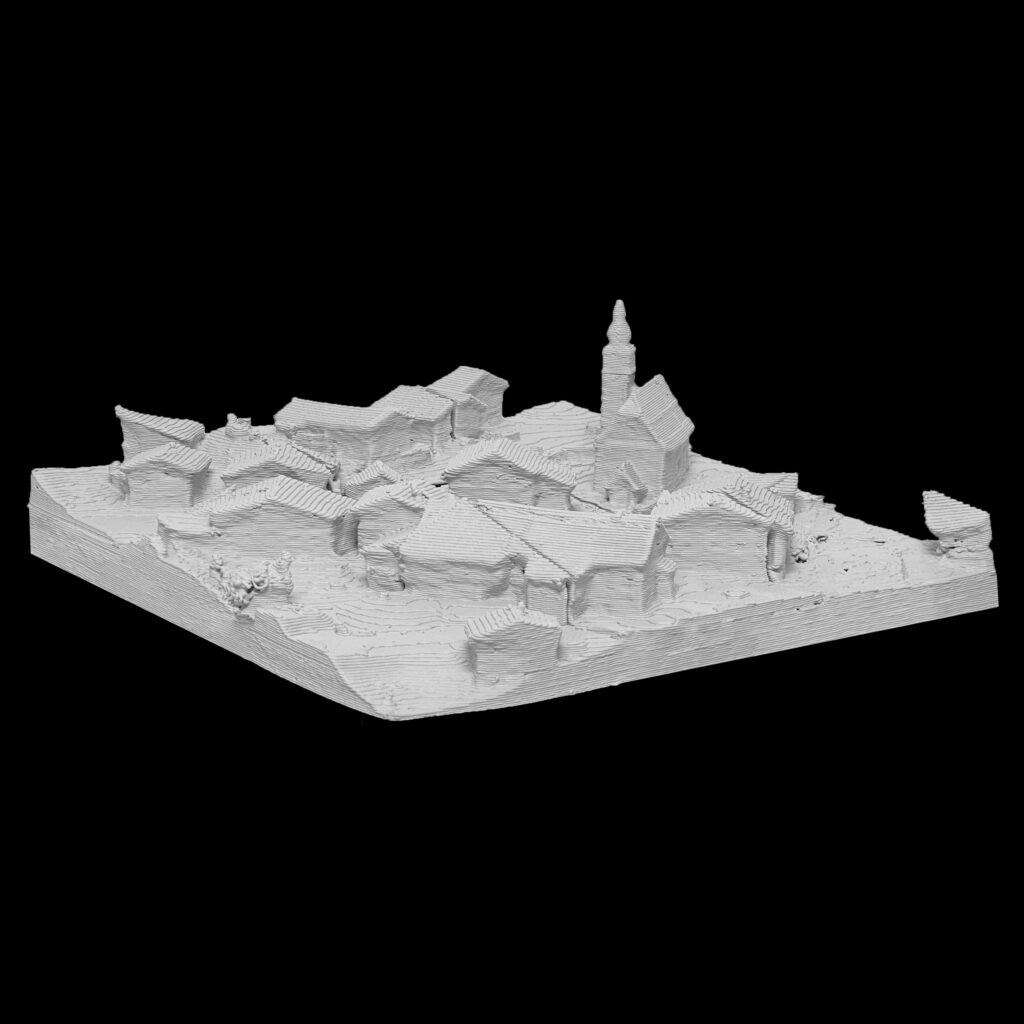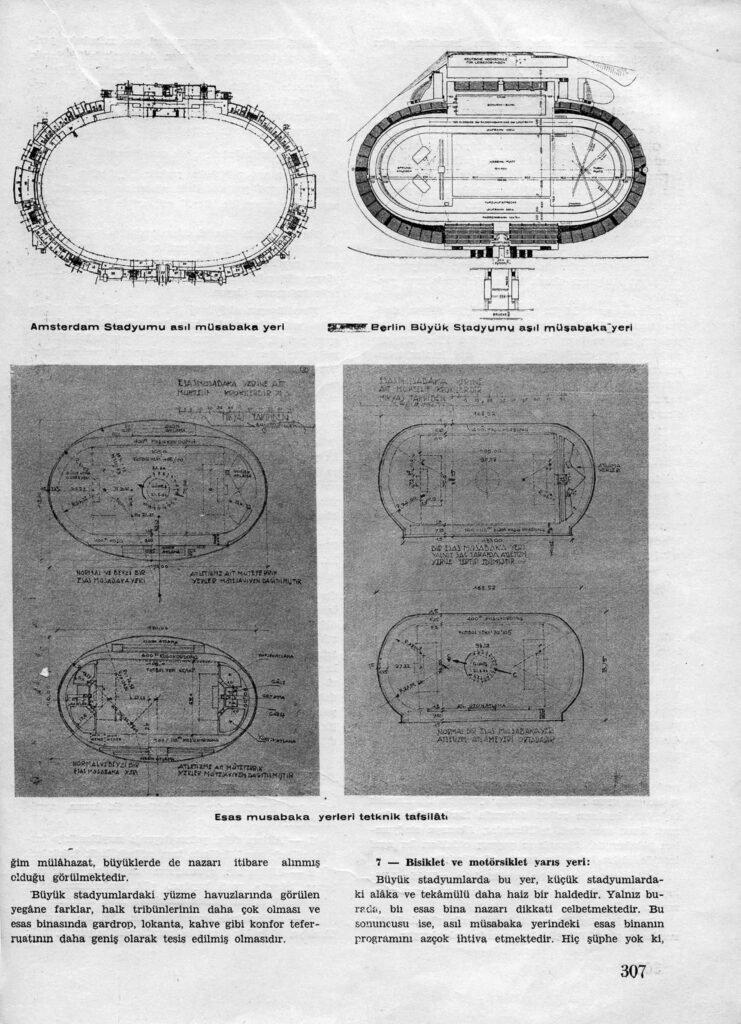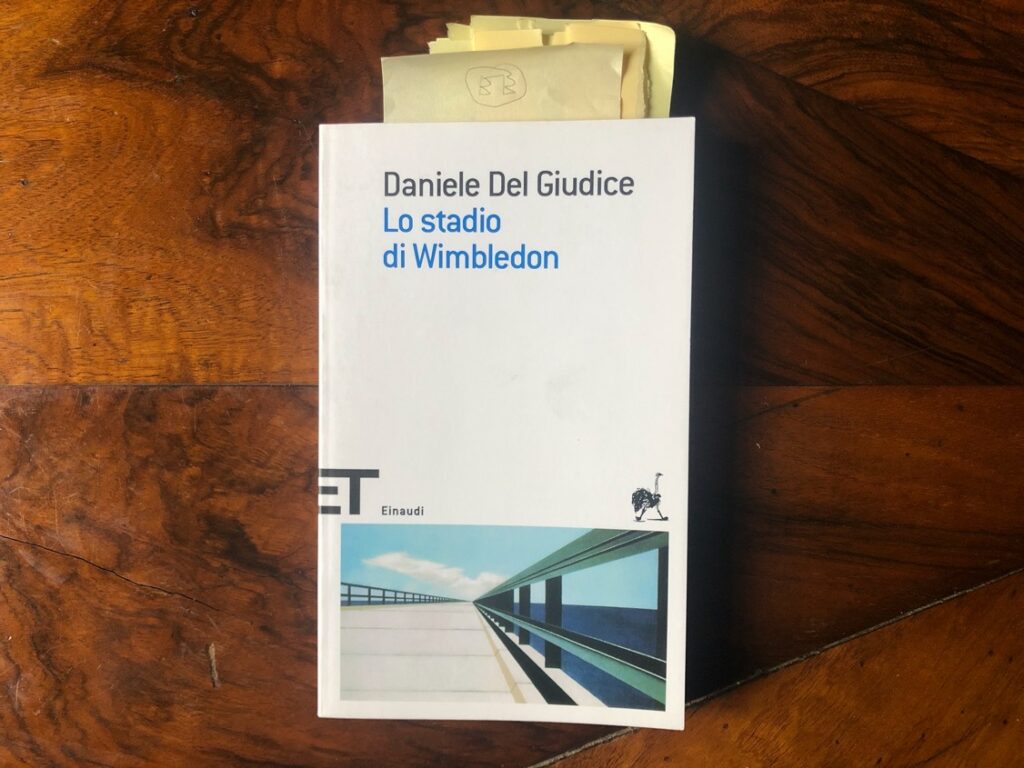Online Teaching Module
Engaging with Tacit Knowing: Reflexive dimensions as triggers for innovative design and research

© Caendia Wijnbelt
Caendia Wijnbelt
Margitta Buchert
Leibniz Universität Hannover, Faculty of Architecture and Landscape Sciences
Online Teaching Module
February 1, 2023
View
Engaging with Tacit Knowing: Reflexive dimensions as triggers for innovative design and research
Caendia Wijnbelt
Margitta Buchert
Leibniz Universität Hannover, Faculty of Architecture and Landscape Sciences

© Caendia Wijnbelt

© Caendia Wijnbelt

© Caendia Wijnbelt

© Caendia Wijnbelt

© Caendia Wijnbelt

© Caendia Wijnbelt






